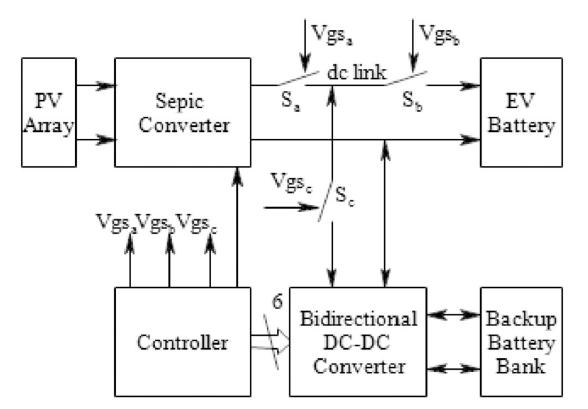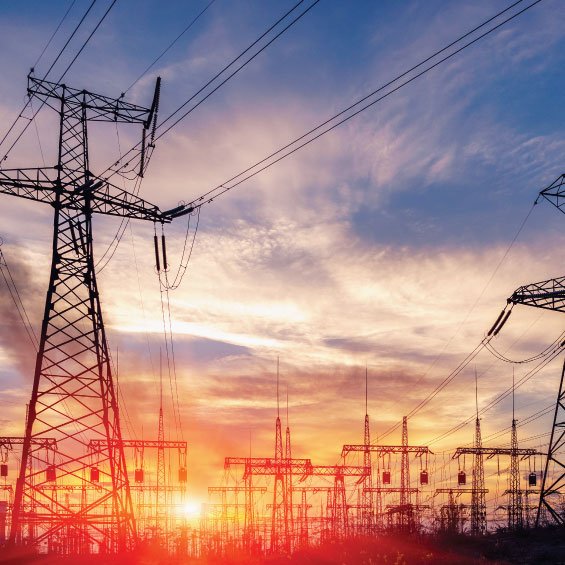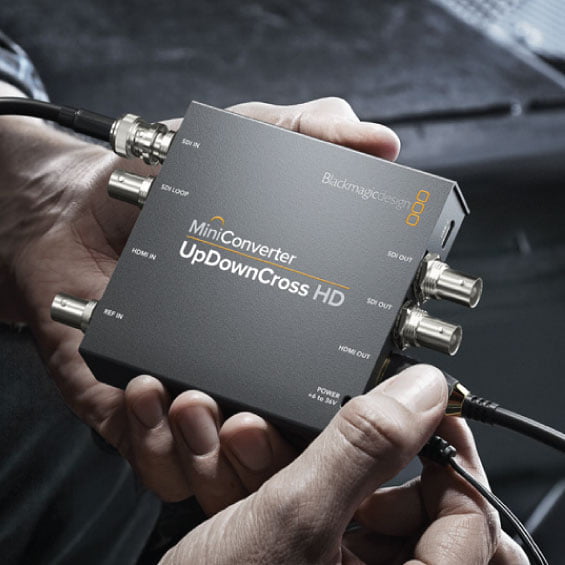Description
Objective
To overcome this disadvantage and to charge the ev battery without any interruption, the proposed charger is developed using pv array integrated with sepic converter, bidirectional dc?dc converter and backup battery bank for charging the battery of an ev.
Abstract
In this paper, an off-board ev battery charging system fed from pv array is proposed. This paper discusses the flexibility of the system to charge the ev battery constantly irrespective of the irradiation conditions. The system is designed and simulated in simulink environment of the matlab software. The hardware prototype is fabricated and tested in laboratory for the three modes of operation of the proposed charging system separately and the results are furnished.
Introduction
Ever increasing effects of greenhouse gases from the conventional ic engines lead to environmental concerns. This paved to the booming of pollution free electric vehicles (evs) in the automobile industry. However, ev battery charging from the utility grid increases the load demand on the grid and eventually increases the electricity bills to the ev owners which necessitate the use of alternate energy sources. Solar is one of the promising ress which can be easily tapped to utilise its energy to charge ev battery. Hence, pv array power is used to charge the ev battery in the proposed system with the help of power converter topologies. Lithium ion batteries are widely used in the ev due to its high power density, high efficiency, light weight and compact size. Also, these batteries have the capacity of fast charging and long lifecycle with low self-discharge rate.
Existing system (and its disadvantages)
- Multiport converters (mpcs) are preferred in the on-board chargers of hybrid evs due to its capability of interfacing power sources and energy storage elements like pv array, ultra-capacitors, super capacitors, fuel cells and batteries with the loads in ev like motor, lights, power windows and doors, radios, amplifiers and mobile phone charger. The mpcs have the drawback of increase in weight, cost and maintenance of the ev asall the sources are placed in the ev itself. Also, the complexity of controller implementation increases in these converter-based ev battery charging system.?
- Different converter topology, the sepic converter is preferred due to its capability of working in both boost and buck modes during low solar irradiation and non-sunshine hours, there is a need for an additional storage battery bank to charge the ev battery.
- The system is an off-board ev battery charging system which charges the ev battery from pv array power through bidirectional dc?dc converter in stand-still condition and ev battery gets discharged to drive the dc load in the ev during the running condition. It has the drawback of charging ev battery only during sunshine hours
Proposed system:
During the recent decade, the automobile industry is booming with the evolution of electric vehicle (ev). Battery charging system plays a major role in the development of evs. Charging of ev battery from the grid increases its load demand.? This leads to propose a photovoltaic (pv) array-based off-board ev battery charging system in this study. Irrespective of solar irradiations, the ev battery is to be charged constantly which is achieved by employing a backup battery bank in addition to the pv array. Using the sepic converter and three-phase bidirectional dc?dc converter, the proposed system is capable of charging the ev battery during both sunshine hours and non-sunshine hours. During peak sunshine hours, the backup battery gets charged along with the ev battery and during non-sunshine hours, the backup battery supports the charging of ev battery.
Block diagram

- Input
Concept of this project mainly focus on renewable energy sources? like solar energy, fuelcell source etc.
- Main circuit
Main circuit have? a sepic converter and interleaved bidirectional converter
- Controller
Brain of the circuit, which will control all the? functions of the circuit, all the modes of this circuit perfectly achieved by the controller
- Feedback
For having a stabilized output closed loop data has selected which will transfer the instant values of output data? to the controller.
- Output
From two converter circuits power will be supplied to ev battery.
Hardware requirement
- Arduino microcontroller
- Circuit components
Mosfet switches (irf250, irf840)
- Input supply
- Output measurement device
Software required
- Arduino ide
- Matlab (simulink)
Reference
- Santhosh, t.k., govindaraju, c.: ?dual input dual output power converter with one-step-ahead control for hybrid electric vehicle applications?, iet electr. Syst. Transp., 2017, 7, (3), pp. 190?200
- Shukla, a., verma, k., kumar, r.: ?voltage-dependent modelling of fast charging electric vehicle load considering battery characteristics?, iet electr. Syst. Transp., 2018, 8, (4), pp. 221?230
- Wirasingha, s.g., emadi, a.: ?pihef: plug-in hybrid electric factor?, ieee trans. Veh. Technol., 2011, 60, pp. 1279?1284
- Kirthiga, s., jothi swaroopan, n.m.: ?highly reliable inverter topology with a novel soft computing technique to eliminate leakage current in grid-connected transformerless photovoltaic systems?, Electr. Eng., 2018, 68, pp. 192?203
- Badawy, m.o., sozer, y.: ?power flow management of a grid tied pv-battery system for electric vehicles charging?, ieee trans. Ind. Appl., 2017, 53, pp. 1347?1357





































































































































































































































































































































































































































































































































































































































































































































































































































































































































































































































































Customer Reviews
There are no reviews yet.